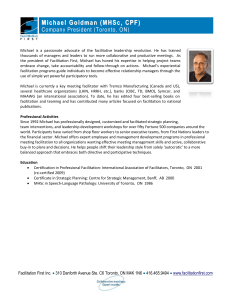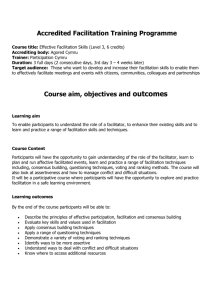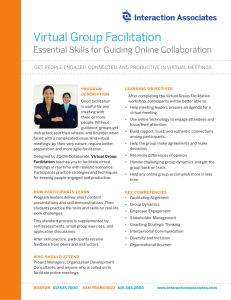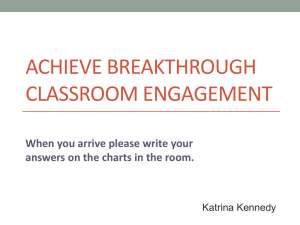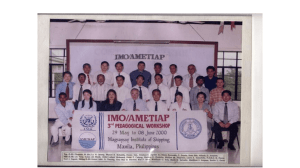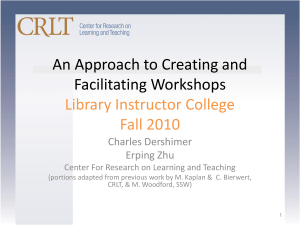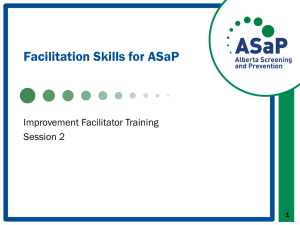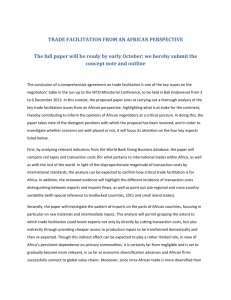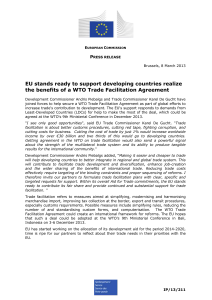Facilitation Cycle PowerPoint Presentation
advertisement
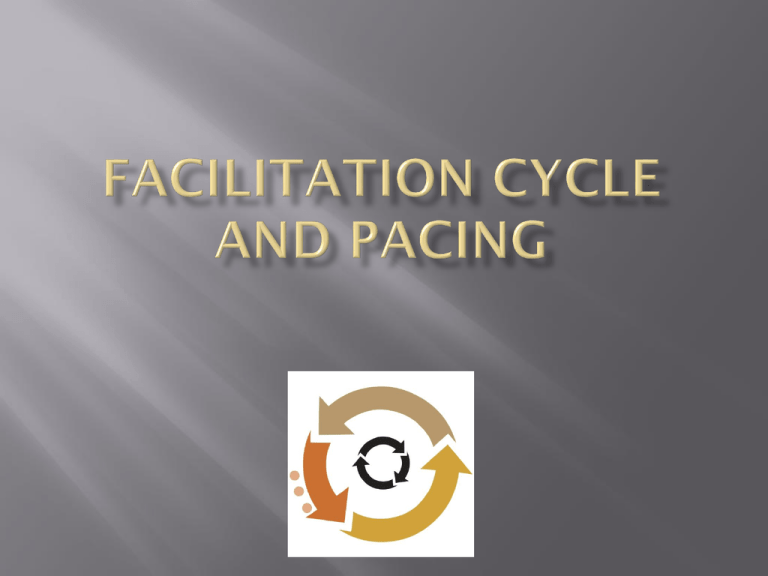
Understand how to plan and implement the facilitation cycle within daily lessons aligned to the TIIES rubric. Understand how to implement the facilitation cycle within an inquiry based lesson (math and science) Have you ever: Intended to do a 5 minute introduction that ended up being the lesson? Taught a lesson that didn’t utilize the entire instructional block? (ie: now what do we do?) Have you ever looked at the clock and realized it’s time to leave, but haven’t given independent practice (the assignment)? Been teaching and felt that there is no energy in the room? (Lack of interest/ students are not with you) Reflect upon a lesson that you have taught that didn’t go as well as you had envisioned. Write down what the challenges were and why you think it didn’t go so well. Take a couple of minutes and share at your tables. The teacher effectively… Presents, teaches, models, and/or guides the content and/or processes. Transitions from guided to independent practice using student performance as an indicator. Implements effective grouping patterns which enable all students to successfully discuss, practice and apply, process new learning and include adequate teacher support. Move students through a complete facilitation cycle as needed. Present Facilitate/ Teach Model Guided Practice Independent Practice Evaluation In each scenario what facilitation step is missing? 1. 2. 3. 4. 5. Teacher gives out independent work and has most of the class ask “what do we do?” “I don’t get it.” Teacher “Models” a lesson asking the students for input. Teacher is in the middle of a lesson and asks themselves, “why aren’t they getting it?” Teacher hands out an activity, reads the directions together and says complete the rest on your own. Teacher gives an assessment/ticket out the door and most of the students fail. In each scenario discuss what happened as it relates to the facilitation cycle? Teacher gives out independent work and has most of the class ask “what do we do?” “I don’t get it.” No GP or not enough GP. Does IP match modeling and GP? 2. Teacher “Models” a lesson asking the students for input. This is GP not modeling 3. Teacher is in the middle of a lesson and asks themselves, “why aren’t they getting it?” Need for more teacher modeling. Does modeling match GP and IP? 4. Teacher hands out an activity, reads the directions together and says complete the rest on your own. No facilitation cycle 5. Teacher gives an assessment/ticket out the door and most of the students fail. Moves to IP prematurely or assessment doesn’t match what was taught 1. Planning is preventative!! Facilitation Cycle doesn’t happen naturally, it needs to be deliberate and planned. How can you be more deliberate when planning for the facilitation cycle? With your table discuss the following questions and be prepared to share: 1. 2. 3. How do you plan for your pacing? How do you monitor your pacing? How does pacing affect student learning? New learning and working toward the daily objective should be the majority of your instructional time. Using on going assessments to move through a complete facilitation cycle with planned transitions. Other Considerations: Warm up Provide closure Homework Check/ Review Think back on the lesson you reflected on in the beginning of the workshop. Using your description of the “bombed” lesson, reflect on everything presented in regards to the facilitation cycle and describe any adjustments you would make to turn that lesson into a success. Complete the Lesson Facilitation Graphic Organizer for a lesson that you will teach. (1 incentive point) It can be found under the school work tab in My Big Campus. In the discussion thread share strategies that you used within the context of a lesson describing how you: Activated prior knowledge and/or built background? Used an effective closure activity (besides a ticket out the door) Used assessment to determine your pacing within the facilitation cycle. Met the needs of all your students through accommodations, modifications, and extensions. (1 incentive point)
